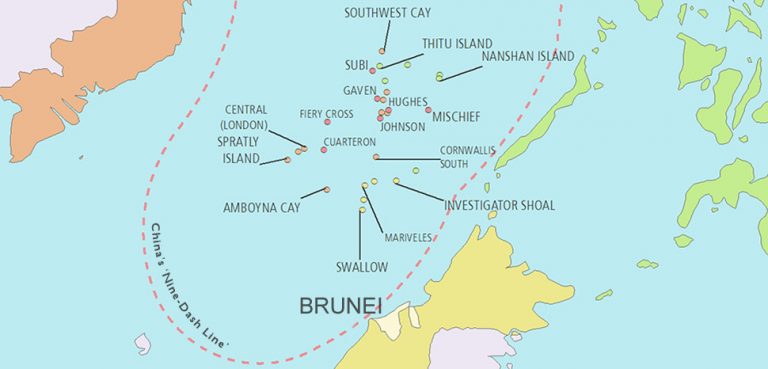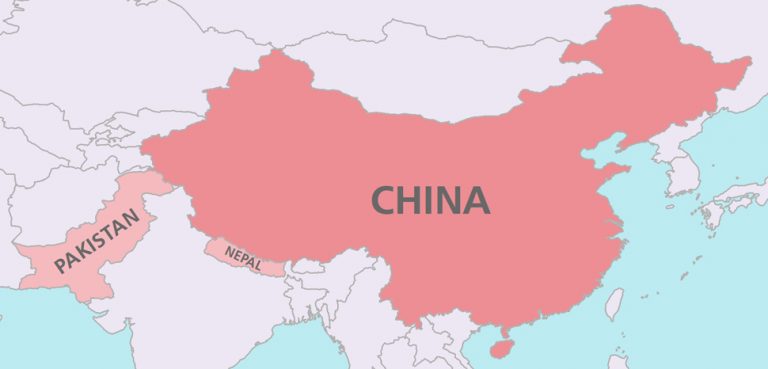
Summary
It’s widely accepted that the South China Sea is a geopolitical flashpoint that could inadvertently trigger a regional, even international conflict.
But how did it get to this point?
Broadly speaking the South China Sea dispute boils down to the question of how borders should be delineated in the absence of bilateral agreement between two countries. This discussion is given further impetus by the importance of the region. The South China Sea is as economically lucrative as it is geographically significant. There are hundreds of billions in mineral and energy wealth locked away under its waters, and the South China Sea is both a key global trade conduit and a gateway into China’s backyard. Given the economic and geopolitical stakes, it’s not surprising that the region has become a volatile frontier of global competition.
This series will examine the claimants in the South China Sea dispute: China, Taiwan, Vietnam, Malaysia, Brunei, Indonesia, and the Philippines. It begins with China, the most powerful of the claimants and the driving force behind mounting regional tensions over the past few years.
Background
The South China Sea dispute is intrinsically linked to China’s ascent as an economic and military power. Like any rising power throughout history, China is now challenging longstanding status quos, and the South China Sea constitutes a key part of its superpower patrimony.
Why? The answer is simple: the region is too important to cede control to other powers, whether directly via competing sovereignty claims or indirectly via recognition of the area as international waters.



